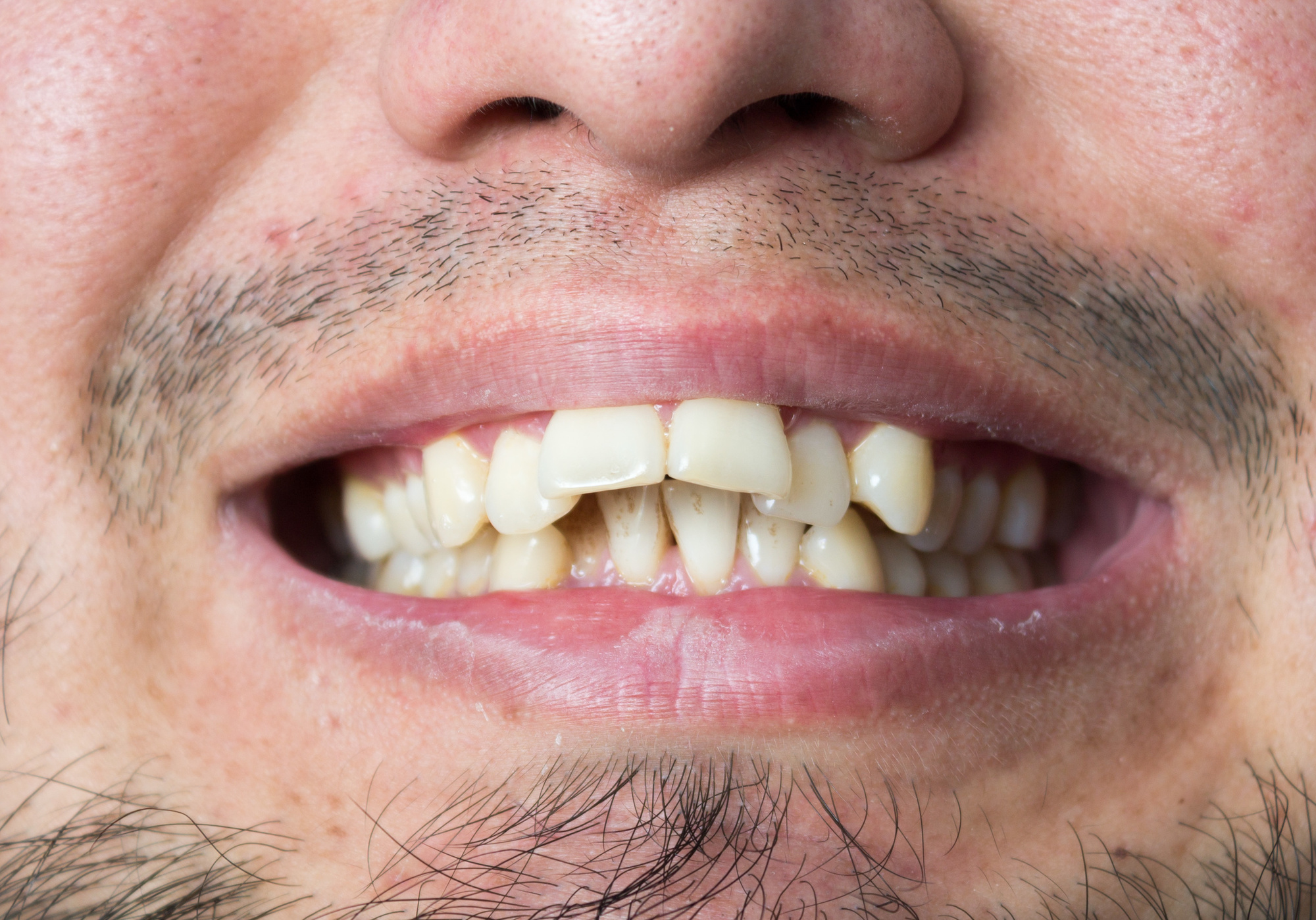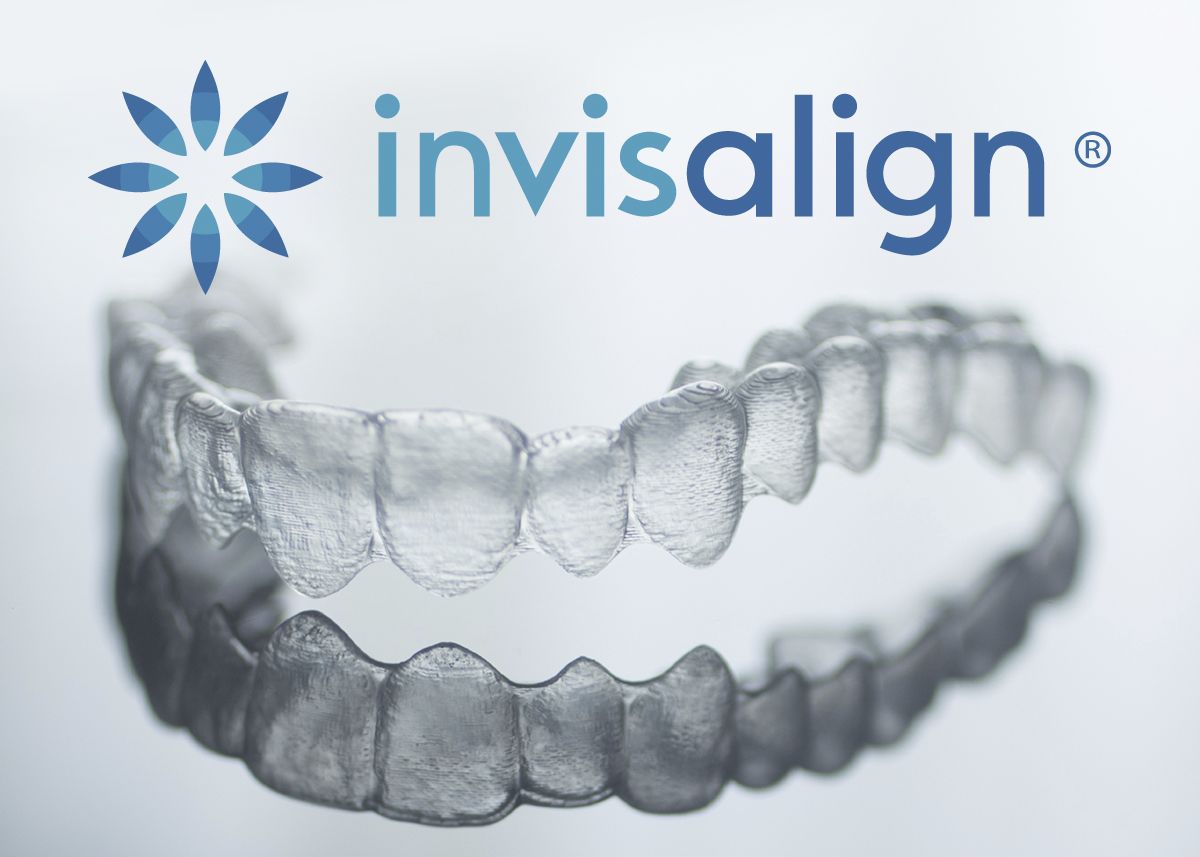Preserving Oral Health While Using Invisalign: Tips for a Smooth Experience
Preserving Oral Health While Using Invisalign: Tips for a Smooth Experience
Blog Article
Invisalign vs. Traditional Dental braces: Which Choice Is Right for You?
When thinking about orthodontic therapy, the choice in between Invisalign and conventional dental braces provides numerous important variables that warrant cautious evaluation. Invisalign uses a discreet option with detachable aligners, while conventional dental braces provide a more noticeable yet reliable option for extreme imbalance. Each option encompasses unique advantages and drawbacks associated with appearances, convenience, therapy period, and price. Recognizing these subtleties is vital for making an educated choice that lines up with your individual preferences and way of life. The concern stays: which choice will finest meet your orthodontic needs and expectations?
Review of Treatment Options

In contrast, conventional braces include metal braces and wires that are bonded to the teeth. This technique uses continuous pressure with time to achieve positioning. While reliable for complex orthodontic issues, typical braces need routine check outs for changes and can pose challenges in preserving oral health as a result of the trouble of cleansing around cables and brackets.
Both choices have their qualities, and the choice typically pivots on details oral problems, way of living preferences, and individual conformity. Ultimately, seeking advice from an orthodontic professional is essential for establishing the most appropriate therapy strategy customized to private needs. Recognizing the nuances of each alternative can substantially influence the total success of orthodontic therapy.
Visual Factors To Consider
A significant factor influencing the option in between Invisalign and typical dental braces is the aesthetic charm each therapy provides. Invisalign aligners are crafted from clear plastic, making them basically unnoticeable when used. This discreet look is specifically interesting teenagers and adults who may feel uncomfortable regarding their orthodontic treatment. The capacity to maintain an all-natural smile throughout the alignment process can dramatically enhance the individual's confidence in expert and social settings.
In comparison, traditional dental braces are composed of metal brackets and wires, which can be much more visible. While advancements in orthodontic innovation have actually led to the advancement of smaller sized braces and tinted elastics, standard dental braces still keep a more obvious account. For some individuals, the visibility of braces may hinder them from seeking required treatment.
Eventually, the choice in between Invisalign and traditional dental braces might depend upon personal preferences concerning aesthetics. People who prioritize discernment usually lean toward Invisalign, while those that are much less concerned concerning visibility might select traditional dental braces. Recognizing the aesthetic ramifications of each alternative is important for making an educated choice that aligns with one's way of life and preferences.
Convenience and Convenience

In regards to ease, Invisalign aligners are detachable, enabling patients to appreciate their favored foods without limitation and preserve ideal dental health. Brushing and flossing are simplified, as the aligners can be taken out throughout these routines, whereas conventional dental braces need careful maneuvering around braces and cables.
Furthermore, Invisalign's progressive system permits for fewer orthodontic gos to. Patients usually get numerous sets of aligners at as soon as, which can enhance the treatment procedure and reduce time invested in the orthodontist's chair. In contrast, typical braces demand routine changes, making them less hassle-free for those with busy timetables. Invisalign. In general, the convenience and benefit of Invisalign make it an enticing choice for several individuals seeking orthodontic therapy.
Treatment Duration and Efficiency
While both Invisalign and typical braces work in dealing with dental misalignments, the period of therapy can differ substantially in between both options. Normally, Invisalign therapy can take anywhere from 12 to 18 months, depending on the complexity of the situation. The clear aligners function by progressively shifting teeth into their desired settings, and routine follow-ups with an orthodontist assistance make certain progress remains on track.
On the other hand, conventional braces typically call for a longer dedication, usually varying from 18 months to 3 years. This results from their set nature and using braces and cords, which can be a lot more effective for complex instances and severe misalignments (Invisalign). The treatment effectiveness of traditional braces is well-documented, as they permit specific changes and better control over tooth activity
Inevitably, the option between Invisalign and conventional braces may depend upon both the awaited therapy duration and the particular dental problems at hand. Consulting with an orthodontist is vital, as they can supply tailored referrals based upon private needs, ensuring the picked technique lines up with desired end results and click here for more durations.
Price Comparison and Insurance Alternatives
Expense plays a significant duty in the decision-making procedure for individuals considering orthodontic therapy, whether opting for Invisalign or traditional dental braces. Generally, the price of Invisalign varieties from $3,000 to $8,000, while conventional dental braces normally cost in between $2,000 and $6,000. Factors affecting these costs consist of the complexity of the instance, the duration of therapy, and geographical location.
Lots of oral insurance plans offer partial protection for orthodontic therapies, but the specifics can vary commonly. Usually, traditional braces may be a lot more regularly covered by insurance plans compared to look at more info Invisalign, which some insurance companies classify as an aesthetic procedure.
Additionally, several orthodontic methods use adaptable layaway plan, making both treatment options much more easily accessible. People should inquire about prospective financing choices and discount rates for in advance repayments. Examining the overall expense, including insurance benefits and layaway plan, is essential for making an informed choice that straightens with both visual preferences and budget plan factors to consider.

Conclusion
In summary, the choice in between Invisalign and conventional braces depends upon multiple variables, consisting of visual preferences, comfort, therapy period, and price. Invisalign uses a discreet, detachable alternative that promotes dental hygiene and nutritional flexibility, while traditional dental braces may be much more suitable for complicated oral issues and often come at a reduced cost point. Ultimately, examination with an orthodontist is important to evaluate individual conditions and figure out the most ideal treatment option for attaining ideal dental positioning.
When considering orthodontic therapy, the option in between Our site Invisalign and conventional dental braces provides several essential elements that merit cautious evaluation.Comparing Invisalign and typical braces exposes distinct therapy options for orthodontic improvement.While both Invisalign and conventional braces are efficient in correcting oral misalignments, the period of treatment can vary considerably between the two alternatives.Price plays a substantial duty in the decision-making process for people taking into consideration orthodontic treatment, whether deciding for Invisalign or conventional dental braces.In summary, the option in between Invisalign and standard dental braces hinges on several factors, consisting of visual preferences, comfort, treatment period, and cost.
Report this page